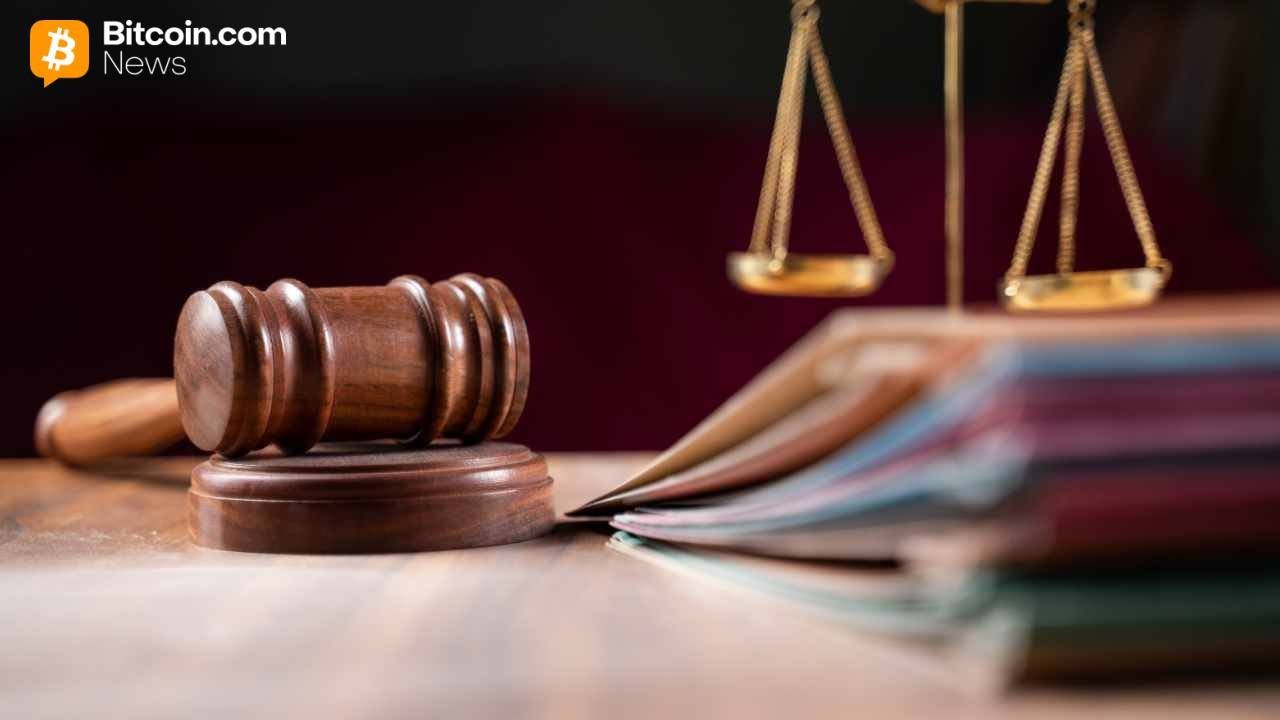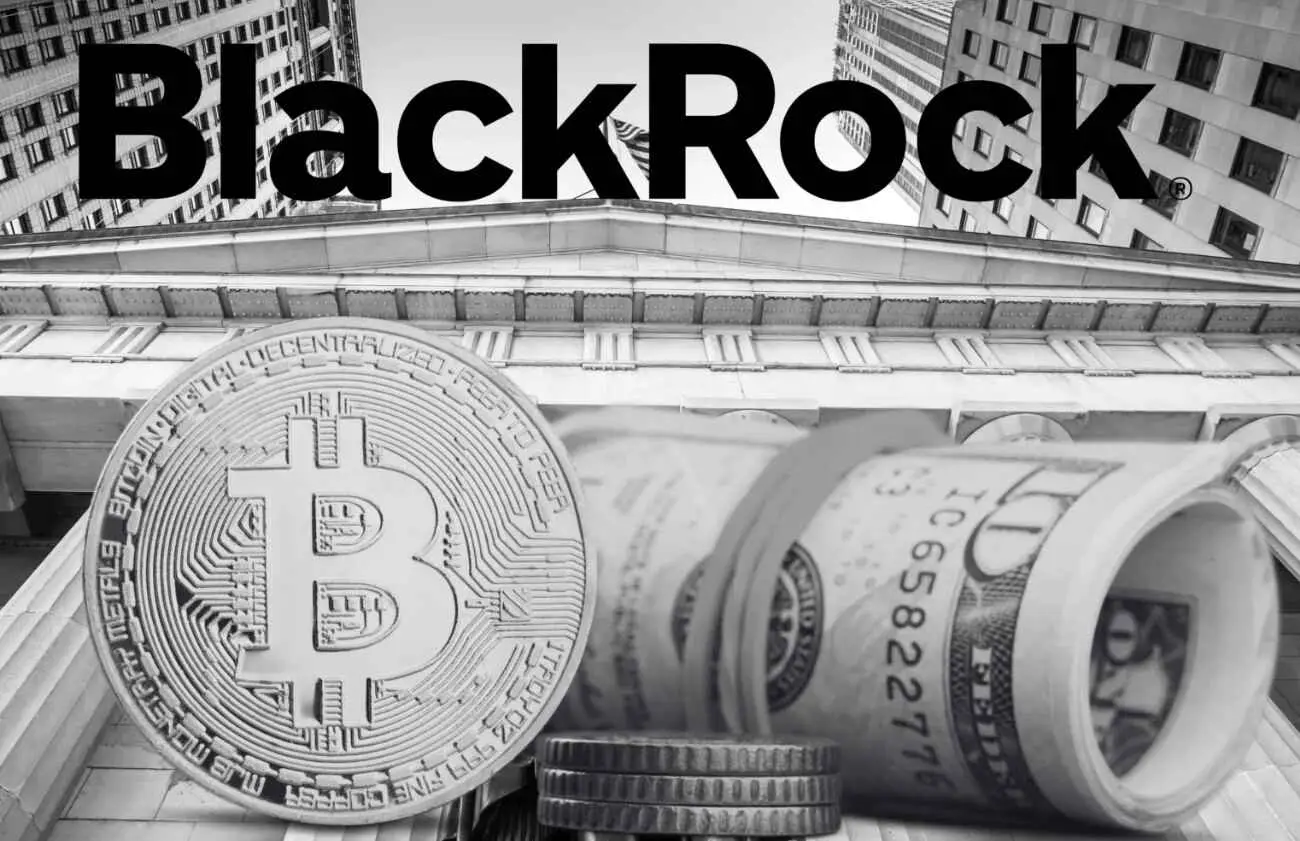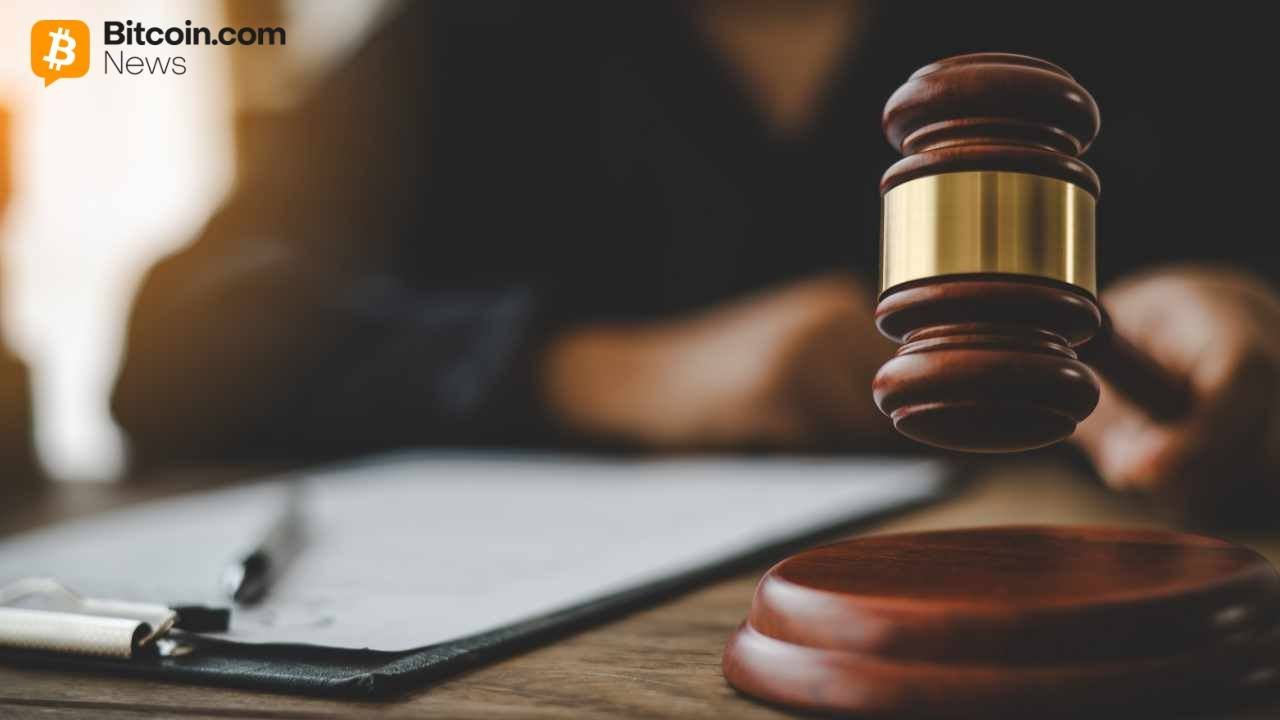Coinbase Sues 3 States as Prediction Markets Trigger Federal Versus
Deutsche Bank sees parallels between Gold and Bitcoin as central banks boost gold reserves
(Originally posted on : CoinJournal: Latest Crypto News, Altcoin News and Cryptocurrency Comparison )
- Deutsche Bank says gold now makes up 24% of central bank reserves, the highest share since the 1990s.
- Analyst Marion Laboure sees parallels between gold and Bitcoin as safe-haven, low-correlation assets.
- Deutsche Bank predicts both Bitcoin and gold could join central bank reserves by 2030.
Global central banks are expanding their gold holdings at a pace not seen in decades, a trend that could have major implications for Bitcoin, according to a new report from Deutsche Bank.
The bank’s strategists noted that gold’s share of central bank reserves climbed to 24% in the second quarter, its highest level since the 1990s, marking a renewed confidence in the precious metal amid shifting global monetary dynamics.
Deutsche Bank’s findings highlight how gold’s resurgence and Bitcoin’s momentum in 2025 share several common characteristics, particularly as investors and policymakers seek alternative stores of value in an uncertain economic environment.
Central Banks’ Gold accumulation reaches multi-decade highs
The report shows that official demand for gold has doubled compared to the 2011–2021 average, signaling an intensified effort by central banks to diversify away from fiat currencies.
The strategists described this as a “significant shift in global finance,” echoing patterns seen throughout the 20th century when gold played a dominant role in global reserves.
Gold’s renewed accumulation coincides with its climb past inflation-adjusted all-time highs.
Although gold prices have been setting nominal records for several years, Deutsche Bank noted that only recently has the metal surpassed its real-adjusted peak from 1980.
“It’s only in recent weeks that gold has finally surpassed its real-adjusted all-time highs from around this point 45 years ago,” the bank’s strategists wrote.
They attributed the decades-long gap between those milestones to a combination of factors, including central bank gold sales, institutional sell-offs, and the rise of the fiat currency era.
The report also recalled that gold’s formal role as a reserve asset ended in 1979 when the International Monetary Fund (IMF) prohibited member countries from pegging exchange rates to gold — a move that cemented the end of the Bretton Woods system.
Bitcoin emerges as a modern parallel to Gold
Deutsche Bank’s macro strategist Marion Laboure explored potential parallels between gold and Bitcoin in a report titled “Gold’s reign, Bitcoin’s rise.”
She observed that both assets have shown similar long-term performance patterns since their inception and share a reputation for high volatility and periods of underperformance.
Laboure emphasized that both gold and Bitcoin have a low correlation with traditional financial assets, making them attractive options for diversification.
These shared traits, she suggested, contribute to their appeal as potential “safe-haven” assets in times of market uncertainty.
While Laboure acknowledged that Bitcoin’s volatility and lack of backing remain major concerns, she noted that volatility has declined to historic lows.
Other challenges — including limited adoption, speculative behavior, cybersecurity risks, and liquidity constraints — continue to limit Bitcoin’s suitability as a mainstream reserve asset, but its trajectory is drawing increasing institutional attention.
Looking ahead: Bitcoin and Gold in central bank reserves by 2030?
Despite lingering skepticism among policymakers, Laboure predicted that both Bitcoin and gold could feature on central bank balance sheets by 2030.
The forecast reflects a gradual convergence between traditional and digital stores of value, particularly as institutional adoption of Bitcoin expands and governments explore ways to diversify their reserves.
Still, she cautioned that Bitcoin’s volatility and perceived risk profile remain key barriers for central banks, whose primary mandate is to preserve capital stability.







 Bitcoin
Bitcoin  Ethereum
Ethereum  Tether
Tether  XRP
XRP  USDC
USDC  Solana
Solana  TRON
TRON  Lido Staked Ether
Lido Staked Ether  Dogecoin
Dogecoin  Figure Heloc
Figure Heloc  Cardano
Cardano  WhiteBIT Coin
WhiteBIT Coin  Bitcoin Cash
Bitcoin Cash  Wrapped stETH
Wrapped stETH  Wrapped Bitcoin
Wrapped Bitcoin  USDS
USDS  Wrapped eETH
Wrapped eETH  Binance Bridged USDT (BNB Smart Chain)
Binance Bridged USDT (BNB Smart Chain)  Chainlink
Chainlink  Monero
Monero  WETH
WETH  Zcash
Zcash  LEO Token
LEO Token  Stellar
Stellar  Hyperliquid
Hyperliquid  Coinbase Wrapped BTC
Coinbase Wrapped BTC  Ethena USDe
Ethena USDe  Litecoin
Litecoin  Sui
Sui  Avalanche
Avalanche  Hedera
Hedera  sUSDS
sUSDS  Shiba Inu
Shiba Inu  Dai
Dai  USDT0
USDT0  PayPal USD
PayPal USD  Cronos
Cronos  Mantle
Mantle  World Liberty Financial
World Liberty Financial  Toncoin
Toncoin  Uniswap
Uniswap  Ethena Staked USDe
Ethena Staked USDe  Canton
Canton  Polkadot
Polkadot  Aave
Aave  USD1
USD1  Rain
Rain  Bitget Token
Bitget Token  MemeCore
MemeCore  OKB
OKB  Tether Gold
Tether Gold  Falcon USD
Falcon USD  Bittensor
Bittensor  NEAR Protocol
NEAR Protocol  Ethereum Classic
Ethereum Classic  Jito Staked SOL
Jito Staked SOL  Binance-Peg WETH
Binance-Peg WETH  Pi Network
Pi Network  BlackRock USD Institutional Digital Liquidity Fund
BlackRock USD Institutional Digital Liquidity Fund  Aster
Aster  Pepe
Pepe  syrupUSDC
syrupUSDC  Ethena
Ethena  Internet Computer
Internet Computer  Jupiter Perpetuals Liquidity Provider Token
Jupiter Perpetuals Liquidity Provider Token  HTX DAO
HTX DAO  PAX Gold
PAX Gold  Global Dollar
Global Dollar  Circle USYC
Circle USYC  Sky
Sky  KuCoin
KuCoin  Ripple USD
Ripple USD  BFUSD
BFUSD  syrupUSDT
syrupUSDT  Binance Bridged USDC (BNB Smart Chain)
Binance Bridged USDC (BNB Smart Chain)  Worldcoin
Worldcoin  Ondo
Ondo  Rocket Pool ETH
Rocket Pool ETH  Aptos
Aptos  Gate
Gate  Binance Staked SOL
Binance Staked SOL  Wrapped BNB
Wrapped BNB  Pump.fun
Pump.fun  POL (ex-MATIC)
POL (ex-MATIC)  Midnight
Midnight  Arbitrum
Arbitrum  Quant
Quant  Official Trump
Official Trump  Algorand
Algorand  Function FBTC
Function FBTC  Liquid Staked ETH
Liquid Staked ETH  Lombard Staked BTC
Lombard Staked BTC  Solv Protocol BTC
Solv Protocol BTC  Cosmos Hub
Cosmos Hub  Filecoin
Filecoin